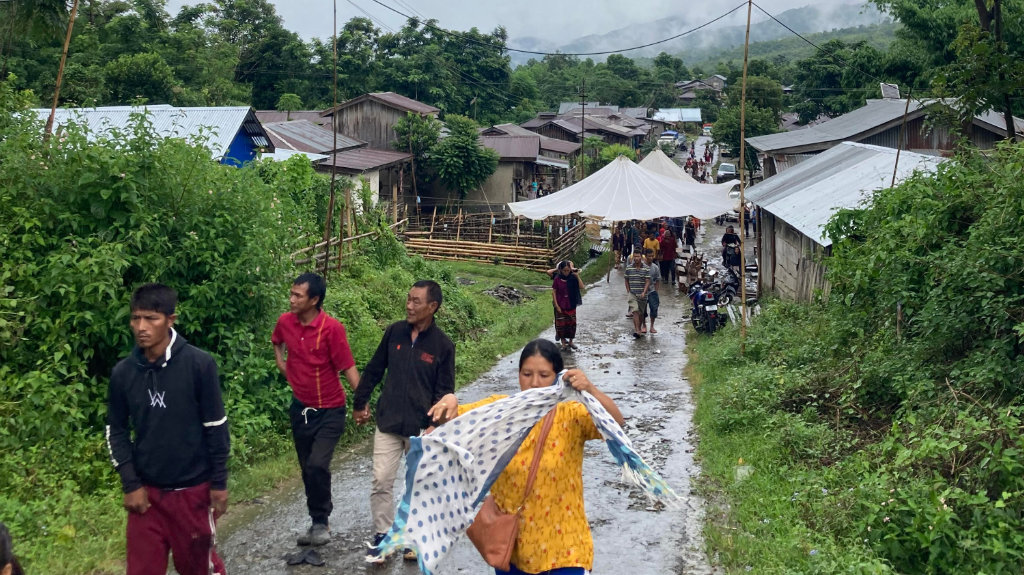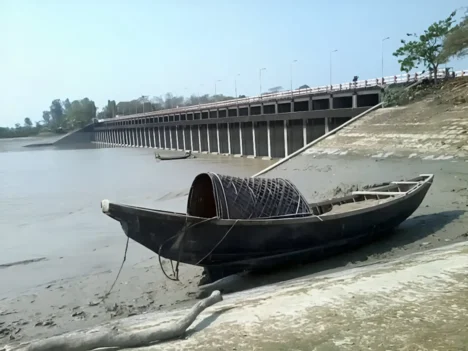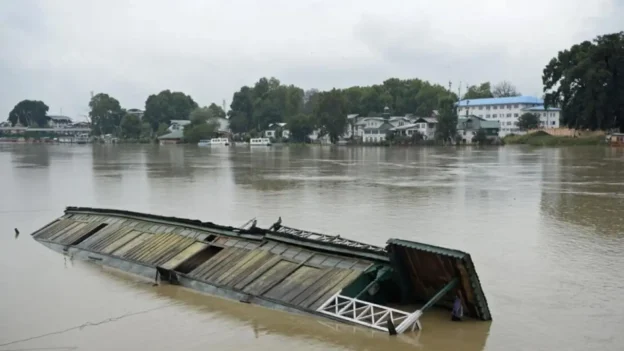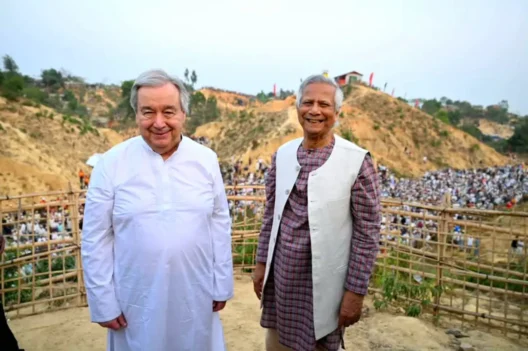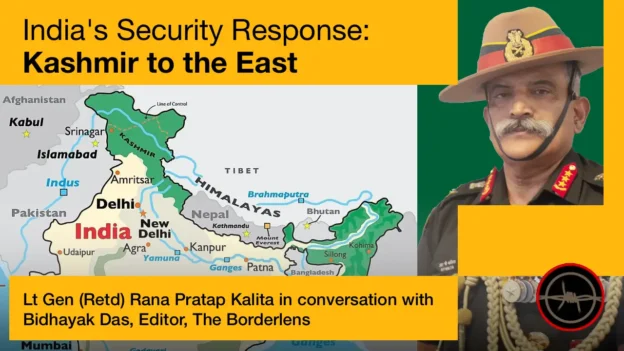At the borders are many stories, told and untold, heard and unheard, visible and blurred, sad and cheerful, authoritative and submissive. In a spatially territorialized and digitally bordered contemporary regime, categorization has proliferated through the strategic technology of governance. The culture around these borders is not limited to these discourses but constantly reproduces its own lifeworlds.
On the 25th of July, 2022, a condolence service was held following the demise of a village member of Behiang, India, who is related to the headmen of the village. Behiang is a bordering village with Myanmar and lies within the Singngat subdivision of the Churachandpur district of Manipur. Despite the heavy downpour of rain on that fateful day, people from in and around the village gathered for the service. Much to everyone’s expectation, which is a normalised life form for the Behiang villagers culturally identified with Zo identity, numerous people from Myanmar crossed the border to attend the condolence in Behiang. For the Behiang villagers, although the attendees across the borders are termed “Myanmarese”, “Kawlgam apan/pan unaute” (kins from Myanmar), or “Burmese” due to the territorial boundary constructed during the colonial rule and proliferated by the postcolonial governmentality, the kinship, traditional, and cultural ties they share as Zo ethnic groups are relatively one that will not be simply disposed of for a long time. These are key to holding the transborder areas alive and functioning, which could be centre foci for the state.
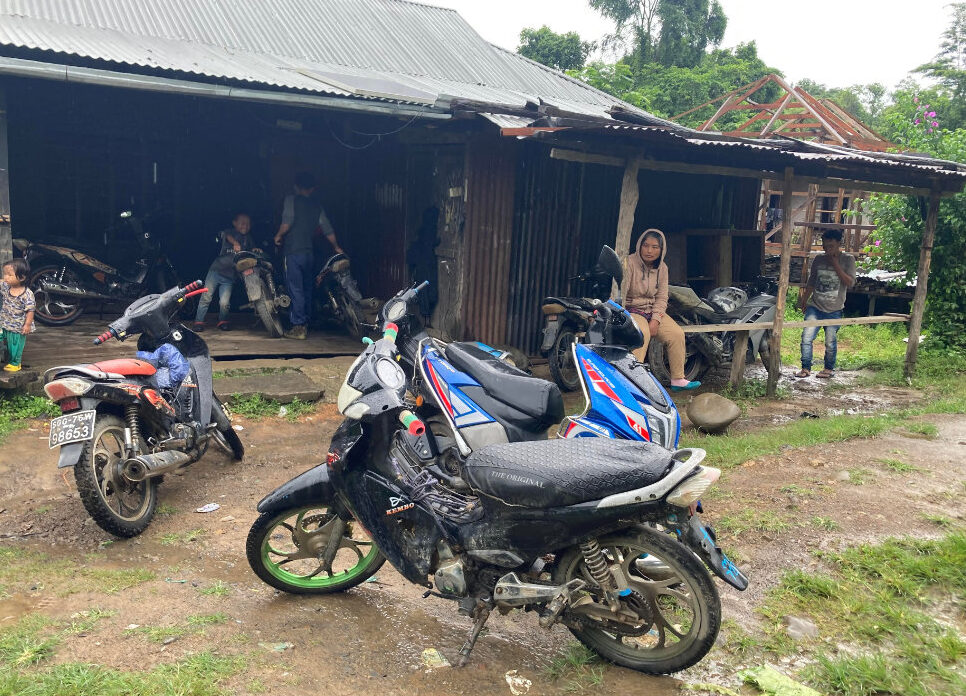
Assembled Culturality
The demise of the villager demonstrated the continuing existence of strong cultural affinities and the kinship ties that knits the borders. Two important takeaways are observable in improvising cultures on the border at such an event. Firstly, technological interfaces play a key role in manifesting and enhancing cultural ties beyond national borders. The villagers from Myanmar used bikes to commute to Behiang to attend the condolence service. These vehicles, not only in these circumstances, are key to connecting the villagers across the borders. Technological interface, security, and the people’s manifestation of technology are key to formulating culturality between the transborder tribes. They form a life around technology by demystifying the alienation of technological identity. It becomes so culturally embedded that the vehicles become the mode of cultural exchange, becoming their culture and identity, as much as it is a means of transportation. Villagers at Behiang also use vehicles imported or bought from Myanmar. Sawm, a small-scale business person from Behiang village, spoke of how her family crossed the Indo-Myanmar border to purchase a bike in Myanmar. The security’s role in enabling the border crossover is crucial in encompassing a technologically cultured border.
Secondly, religious congruency adds to their bonding besides the cultural ties that knit these communities together. For example, the condolence service pragmatized the demystification of the Zo identity while the religiously cultured form of spiritualization was performed. Since the Zos in the Indo-Myanmar are Christian converts, such performances stabilise cultural relativity rather than formulating the otherness. Niang, who runs a small tea hotel in the village, expressed how a women Christian prayer group in the Behiang community put up a charity drive for Lang Do Khup, a Christian evangelist famous in Myanmar. The Evangelist has constructed a rehab centre for substance abuse in Singgial, Myanmar, 40 km from Behiang. However, after facing financial constraints, the women’s group intervened by raising over Rs. 80,000 through charity. The charity majorly comes from Behiang village and a considerable amount from Lamka. In a state of elation, Niang mentioned that “Lang Do Khup tweeted words of gratitude towards the charity on Facebook.” Although the Zo ethnic groups belong to different denominations within Christianity, belief systems produce nodes for internalising cooperation and conformity.
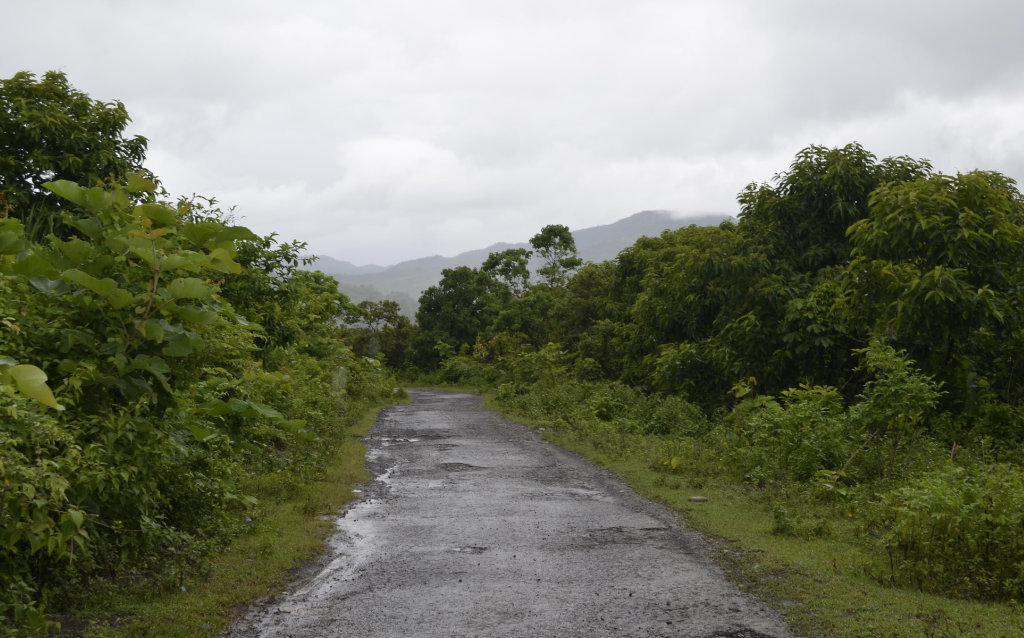
Power relations at the borders
Jubilee Moi, the body of authority in the village through consanguinity, determines her interest in improving the relationship between the indigenous population and security. For Jubilee, development has progressed slowly despite the announcement of Behiang as the second corridor to the Southeast Asian nations in 2017. She stressed the challenge of exercising her authority and the failure of the sovereign to recognise her significance. Despite the deliberate negligence of her authority, in the aftermath of the ambush in November 2021 that led to the killing of the Commanding Officer of 46 Assam Rifles (AR) and his entire family along with four AR personnel, Jubilee took the initiative to prevent an emerging clash between the security forces and the people in the village. Although the government was suspicious of the villagers’ intervention in the ambush, Jubilee added that her intervention and initiative, though limited, could sustain peace between the villagers and the security forces surfacing in times of such a crisis. Such incidents have also led to increased regional surveillance, affecting the mobility of physical (human and commodities) and non-physical (imaginary) subjects.
Niang was reminded of the change of air as psychological trauma and how a deep sense of insecurity was felt in the village for almost three months after the ambush. Her experience inspired the need to trace stories thickly after such traumatic events. She talks of how the ‘othering’ had taken shape quickly after the incident. Business persons from Behiang were stereotyped by non-local big business owners while trading at Lamka and Imphal because they originate from Behiang. This invisible and subtle oppression depicts how events within the borders shape the mobility of cultures across towns and villages. The need for security at the borders is extremely crucial, yet the issue must be revisited by the government, given that mobility across and within the villages is a vital lifeline for the villagers. Now with Behiang being identified as the second important international trade and connectivity corridor with Southeast Asian nations, it becomes especially important.
To sum up the observation, boosting the success of government policies such as the Act East Policy (AEP) to connect the Southeast Asian countries, the government must recognise the culturality at the borders. These include culture around technology, religion, trade, and security, among others, which are communicated on and through the borders. An alternative to understanding borders may mean seeing them not as a boundary but as a space for producing culturality.

